Many factors can contribute to the difficulty of organizing the design of a new website, including information overload. Website sitemaps can help you organize and simplify the material on your website and remove unnecessary pages. A well-designed sitemap also can increase conversion rates by increasing the positive experience visitors have with it.
Website sitemaps are not a new concept in web design, as they have been used for years to help with navigation and site speed. Sitemap engineering has become increasingly important as search engines use sitemaps more often. Sitemap crawler tools explain in this article how to grab content from any website without writing any code.
An Overview Of Sitemaps
Users’ sites use sitemaps to list all the site’s most important pages. Users and search engines use it to find their way around a website. XML sitemaps can be a list of arranged pages or a file containing instructions for crawling by search engine bots. Sitemaps often called sitemap.xml, help search engines index a website’s pages. However, site maps do not guarantee crawlers will visit every website page.
Why Sites Need Sitemaps?
Site maps are significant for websites that use JavaScript or Adobe Flash because these programs run in the browser. The purpose of sitemaps is to provide users with a quick overview of the topics and services found on your website. There is also the option of adding a new section using the sitemap, which provides a general overview of the entire website structure. Sitemaps help crawlers detect broken, incorrect, or missing links on your website. During the repair process, sitemaps can help.
12 Best Sitemap Crawlers in 2025
The following is an overview of some of the best sitemap crawlers you can use to extract data from the sitemaps you have created.
1. Crawlbase
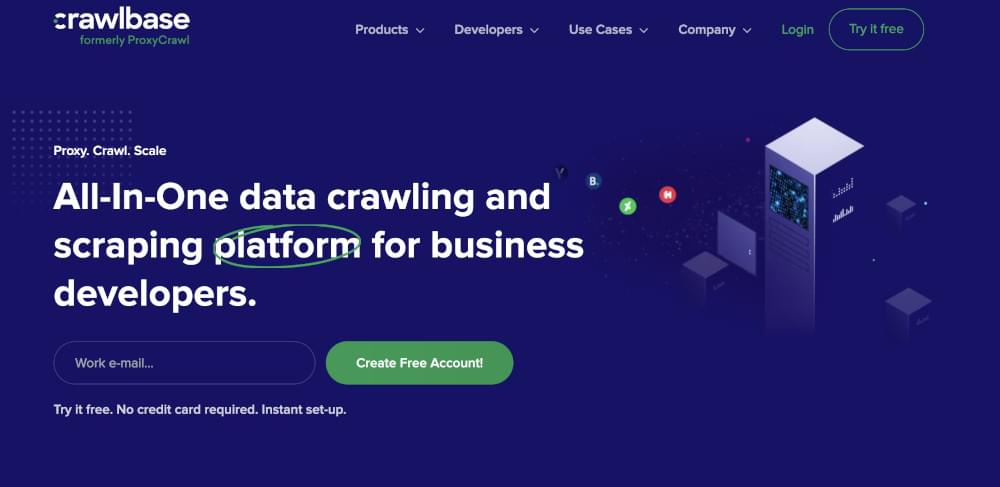
The Crawling API of Crawlbase is one of the top recommended crawlers and is considered the best sitemap crawler. It is easy to integrate into the apps or websites for sitemap crawling. Crawlbase Crawling API smartly handles CAPTCHA blocks and liberates its user from stressing about hardware, proxy setup, and infrastructure. A web crawler assists you in improving onsite SEO by gathering data. The free version allows you to scrape multiple URLs, or a permit gives you access to additional features.
2. XML Sitemap Extractor
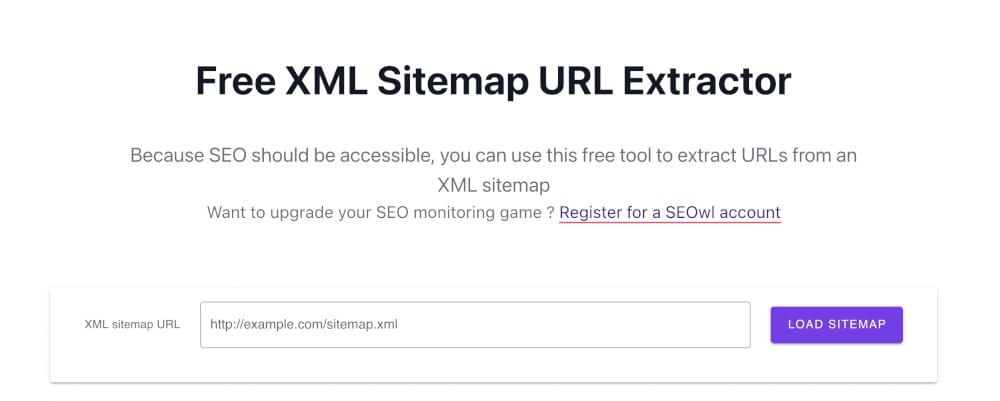
A good sitemap scraper is the XML Sitemap Extractor by Rob Hammond. As a web-based application, it can be accessed using a browser. You will quickly receive the URLs included in the sitemap if you use the correct URL. Additionally, you receive information on the total number of URLs.
3. ScrapeBox

A popular scraping tool, ScrapeBox (SEO), is used by Internet marketers involved in SEO (search engine optimization). Although the ScrapeBox tool is a premium tool, it is only available to subscribers of ScrapeBox who have access to a ScrapeBox subscription so as to use it. It should be noted that the standard version of ScrapeBox does not include the Sitemap Scraper tool. Sitemap scrapers like this are among the most powerful on the market today.
4. Ultimate-sitemap-parser 0.5
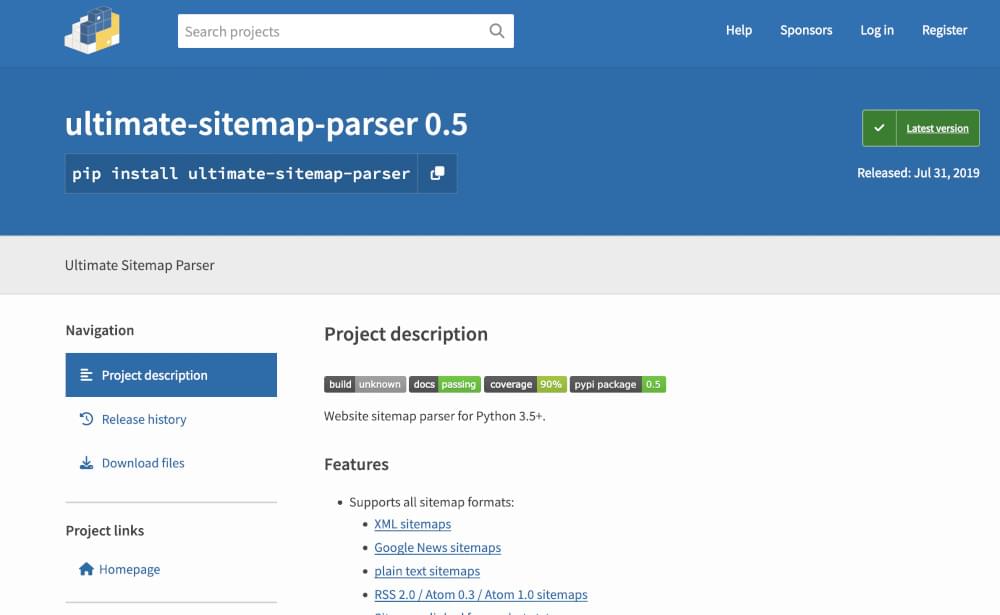
The ultimate-sitemap-parser is available for Python programmers. The sitemap hierarchy is significant, but it does not consume much RAM. An object tree is provided that makes it easy to access sitemaps. There are a few actively developed third-party modules used.
5. WebScraper.io
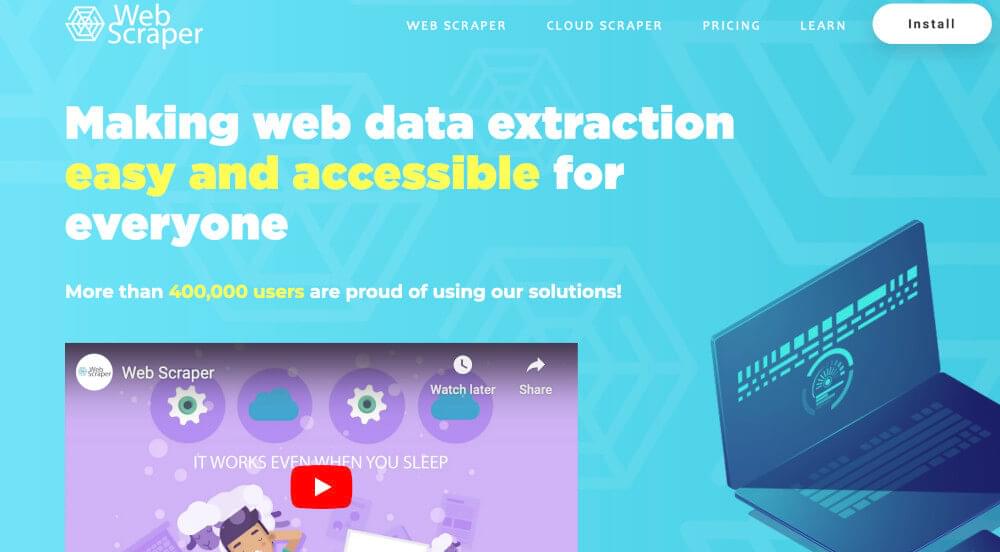
Ajax-enabled websites can be scraped using WebScraper.io and other web scrapers. The tool retrieves URLs from Sitemap.xml. It supports both Sitemap.xml files and compressed ones. A recursive search is conducted first if this tool encounters another sitemap within a sitemap.
6. XML Sitemap URL Scraper
A Node/JavaScript scraper for scraping XML sitemaps. Compressed sitemaps nestled inside of <sitemapindex> tags are supported. Once the child sitemaps are decompressed, the URLs will appear in the output array. Function calls process compressed sitemaps simultaneously. It can reduce memory and CPU load when processing many compressed sitemaps.
Related: Top 7 Big Data Application Examples For 2025
7. Slickplan
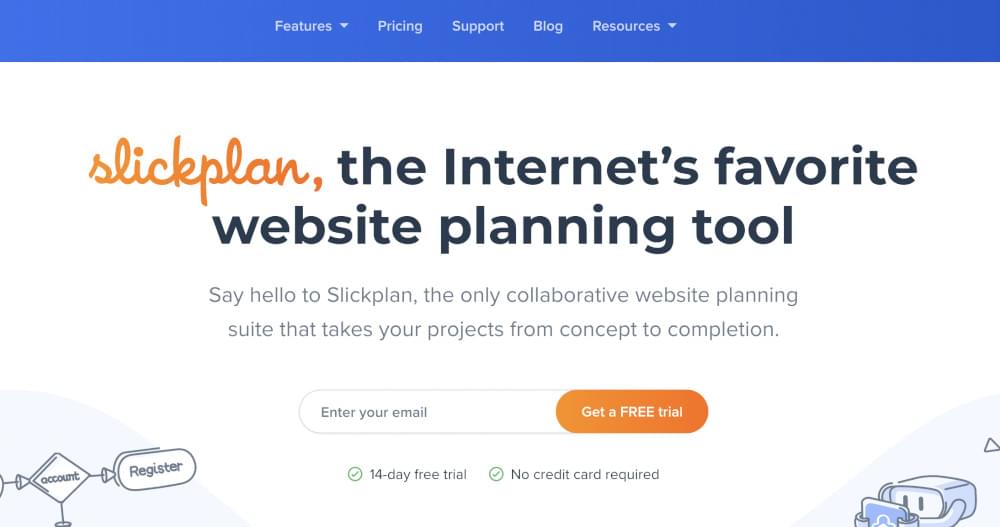
With Slickplan, you can generate sitemaps and use a WordPress plugin. With this software, you can create sitemaps from scratch or use an existing website’s URL, sitemap index file, or Google XML file to get started. The visual sitemap generator in Slickplan allows you to create easy-to-navigate structured sitemaps to present and test Web design scenarios.
8. DYNO Mapper
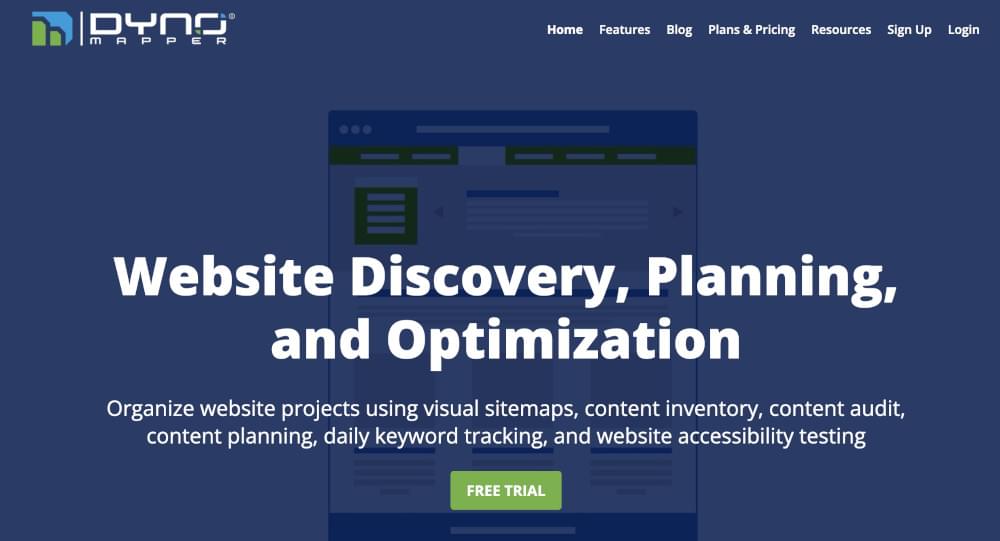
This generator offers interactive visual sitemaps that demonstrate the actual design of a website. Sitemap crawls 200K pages per crawl with DYNO Mapper. Users can reorganize, categorize, and rate pages using the sitemap editor.
9. Google XML Sitemaps (plugin)
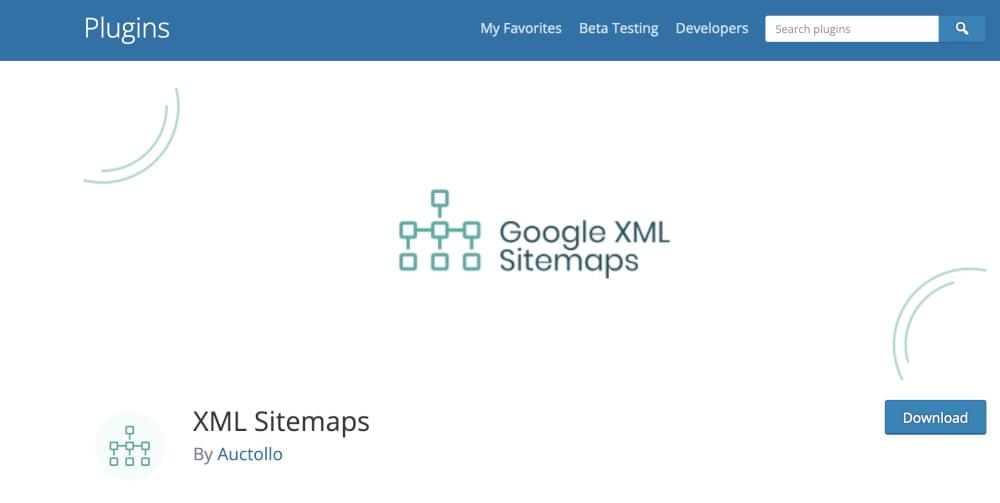
Create specific XML sitemaps that help search engines like Google, Bing, Yahoo, and Ask.com index your site better with this plugin. Such a sitemap enables crawlers to view your entire design and obtain it more efficiently. Custom URLs and WordPress-generated pages are supported.
10. Lumar

With Lumar, you have a technical SEO command center and a good choice for sitemap crawling. Accelerate online business by bringing together the data, personnel, and insights you need to rank highly in organic search. You can realize your site’s full economic potential with Lumar’s enterprise-scale site intelligence platform.
11. Fminer
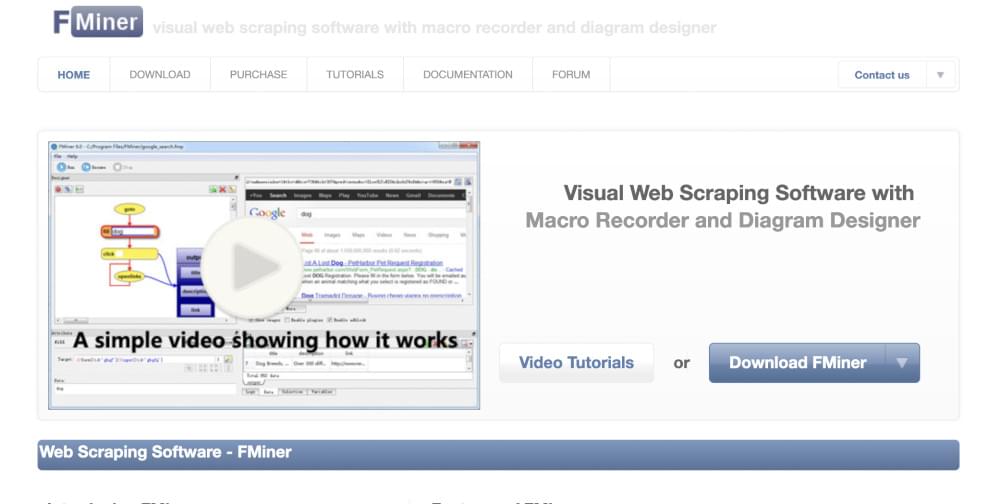
FMiner is a visual tool for crawling the web and is an ideal tool for sitemap crawling. This tool scrapes websites, extracts data, and scrape screens. With Fminer, you can choose from drop-down menus, match URL patterns, schedule, etc. It works on Windows and Mac.
12. Parsehub

Parsehub scrapes interactive pages with its desktop application and is one of the recommended tools for sitemap crawling. You can import your results into Tableau and Google Sheets using Parsehub’s Excel and JSON downloads.
Also read: Top 17 Data Analysis Tools For Businesses In 2025
A Final Note
It is hoped that this article will provide answers to all your queries regarding sitemaps, their requirements, and their usage. Also, this will assist you in making an educated decision regarding which sitemap crawler you should use for your site.
You can use a sitemap as a centralized clearinghouse for tracking the progress of your project, including what has been accomplished, what still needs to be completed, and how far the project is along the way, as well as what has been accomplished. Crawlbase is the one-stop solution for people and organizations that want a no-code solution for their web crawling requests and sitemap creation, so they don’t have to spend time learning code.









